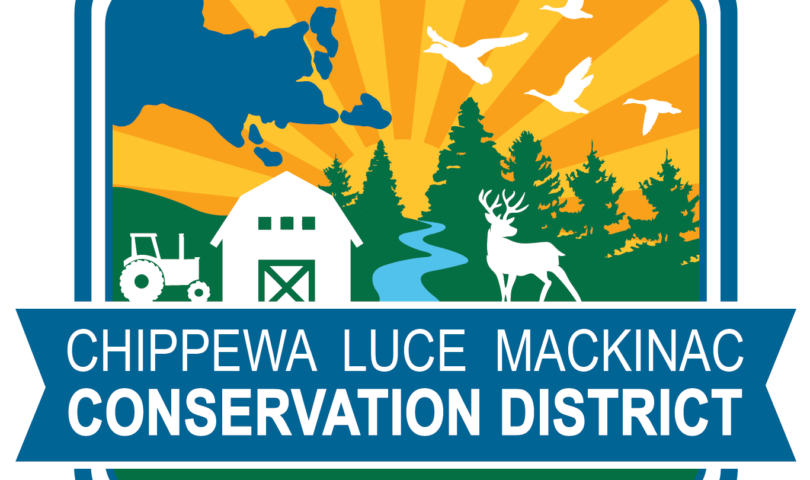When walking along a forest path, one might notice “pinecones” crunching underfoot or
scattered along the ground. However, upon closer inspection, these cones reveal hidden worlds
within their spiraled scales. Cones play a crucial and fascinating role in nature and human
culture, serving specific functions in the plant world. Each cone is unique, possessing distinct
characteristics and symbolic meanings that are worth appreciating.
Cones serve as protective vessels for seeds, safeguarding the next generation with their tightly
enclosed, spiral-shaped scales. This spiral arrangement effectively shields the seeds from adverse
weather conditions, external forces, and small animals. Cones possess a remarkable ability to
sense the appropriate time for seed dispersal, remaining closed when conditions are unfavorable.
In wet weather, the outer layer of the scales absorbs moisture and swells more than the inner
layer, causing the scales to curl inward and the cone to close. Conversely, when conditions are
warm and dry, the inner layer contracts, prompting the scales to open and release the seeds.
A serotinous cone is characterized by its thick, hard structure, sealed shut with a wax-like resin
designed to remain closed until optimal conditions are met. These cones typically only open
when exposed to high heat, such as during a forest fire. This adaptation allows the seeds to
disperse by wind and land in areas with burned soil, where they encounter less competition,
increased access to light, and enhanced warmth, along with nutrients present in the ash. A well-
known example of a tree with serotinous cones in this region is the Jack Pine.
In contrast, non-serotinous cones in the area open and close in response to moisture levels, with
cones opening during drier conditions and closing when it is wet. Cones that open during dry
weather typically contain seeds adapted for wind dispersal. Some non-serotinous cones begin to
open in early autumn as moisture levels rise. Additionally, cones can be further classified by size,
ranging from the small cones of certain pines to the larger cones of other evergreen species.
Coniferous trees that produce cones often have both male and female cones, sometimes on the
same tree, though not always. The cones commonly found scattered across the forest floor are
typically female. The primary function of the male cone is to release pollen, which drifts through
the air until it encounters a female cone, initiating the fertilization process. This fertilization
triggers the development of seeds within the protective scales of the female cone.
Throughout history, cones have held symbolic significance in many cultures. They have been
associated with enlightenment, resurrection, eternal life, and regeneration. Cones have been
revered in religious imagery for thousands of years. The shape of the pineal gland in the brain,
which resembles a cone, was even named after these structures. The pineal gland is crucial for
regulating the body’s perception of light and the sleep-wake cycle and has been metaphorically
referred to as the biological “third eye.”
The life of a pinecone is far from humble or simple, as one might initially assume. These ornate
structures contain a complex, intricate world that plays a vital role in the ecosystem and
contributes significantly to human understanding.
- Eagles’ Fisher commits to NCAA D-III Southern New Hampshire - April 14, 2025
- The Chippewa Luce Mackinac Conservation District honors three at their 76th Annual Meeting - April 10, 2025
- FREE Household Hazardous Waste Collection and Tire Recycling - April 10, 2025



